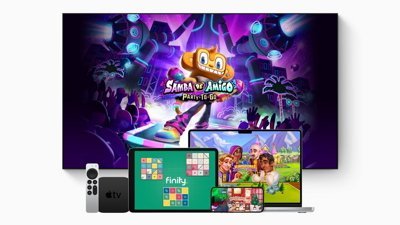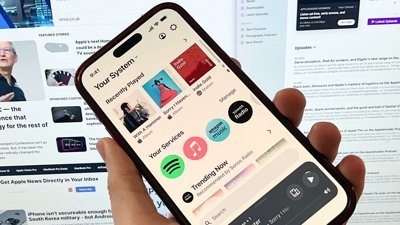iPhone 11 Ultra Wideband could be at core of Apple Car keyless entry
Apple is considering the possibility of using an iPhone or Apple Watch to provide keyless entry for its long-rumored Apple Car, with the use of Ultra Wideband to help make the system more precise at determining the range of the user from the car than current keyfob-based systems.
The patent, for a "Mobile device for communicating and ranging with access control system for automatic functionality" is a rethink of keyless entry systems used in some cars today. Current systems rely on a keyfob containing a radio transmitter, which communicates with the vehicle when it is within range as a form of authentication, one that also allows for the ignition to function at close ranges. Some systems also use magnetic signals to perform the same job.
While functional, the system isn't as accurate at determining the keyfob's distance using signal strength using current techniques, and typically requires the use of a keyfob dedicated to the task. In Apple's reimagining of the system for the rumored Apple Car, it proposes that there could be the use of Bluetooth and Ultra-Wideband together to perform the same task, but with more accuracy and utility.
Bluetooth is used to perform data transfers between the security device and the vehicle's radio system, including the exchange of cryptographic keys in a challenge-response authentication process. As it functions over Bluetooth, the system could also use smartphones or other wearable devices, like an iPhone or Apple Watch, which could be carried around by passengers all the time.
Depending on the device and the exchanged keys, the vehicle could allow the person different privileges. For example, a child's Apple Watch could enable the rear doors of a car to open, but crucially not to actually drive the vehicle itself, while a driver's Apple Watch could be given complete control over the vehicle.
Ultra-Wideband, which is included in the iPhone 11 to help with AirDrop file sharing and future applications, is used to determine distances with far higher accuracy than Bluetooth. In this scenario, the vehicle knowing how far away a driver or passenger's device is from the vehicle could also trigger events based on proximity.
In the case of a driver's Apple Watch or iPhone being nearby, the car could allow the doors to be opened within a specific range, but not allow the engine to turn over until the device in question is actually within the vehicle itself.
This is an area Apple has considered improving, with an August 2018 patent application for "Enhanced automotive passive entry" proposing the use of both magnetic antennas and radio frequency antennas to determine ranges. Apple is also a charter member of the Car Connectivity Consortium, which created the Digital Key Release 1.0 specification in 2018, which details how a smartphone could be used as a digital key for a vehicle.
The latest patent was invented by Brent Ledvina, Robert Brumley, and Sriram Hariharan. Ledvina serves as a location software manager for Apple, and has their name against a number of other patent filings, including "Electronic Devices with Motion Sensing and Angle of Arrival Detection Circuitry," "Enhanced Automotive Passive Entry," and others involving radio-based applications, such as "Time of Arrival Estimation."
Brumley is a location and motion engineering manager for Apple, and is attached to some of the above same radio-based patents as Ledvina. Brumley is also named on patents relating to optical communications using AI, geolocation-based technologies, and even high-performance navigation systems using low earth orbit (LEO) satellites.
Hariharan is an iOS wireless software architect for Apple, who previously worked as an architecture review board councillor for Bluetooth SIG and a Bluetooth firmware engineering manager for Broadcom. Their list of patents are again wireless-based, covering in-vehicle wireless communications, wireless headset audio capture, and others directly pertaining to Bluetooth.
Apple files numerous patent applications every week, but while the existence of a filing indicates areas of interest for the company's research and development efforts, there is no guarantee the concepts described will make an appearance in a future product or service.
The latest patent is most likely part of Apple's "Project Titan," the name used as an umbrella for all of its automotive efforts. While largely covering self-driving vehicle systems, it was also believed to be focused on designing an Apple-branded car, but while those efforts have seemingly died down in favor of automated driving, patents still surface showing ways Apple believed it could improve the driving experience, including coming up with new ideas for mainstay features of cars.
 Malcolm Owen
Malcolm Owen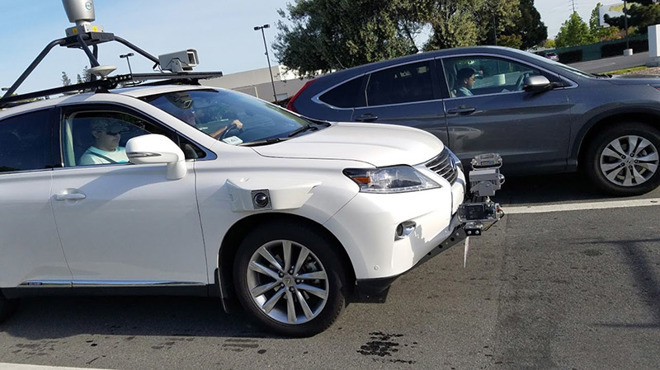
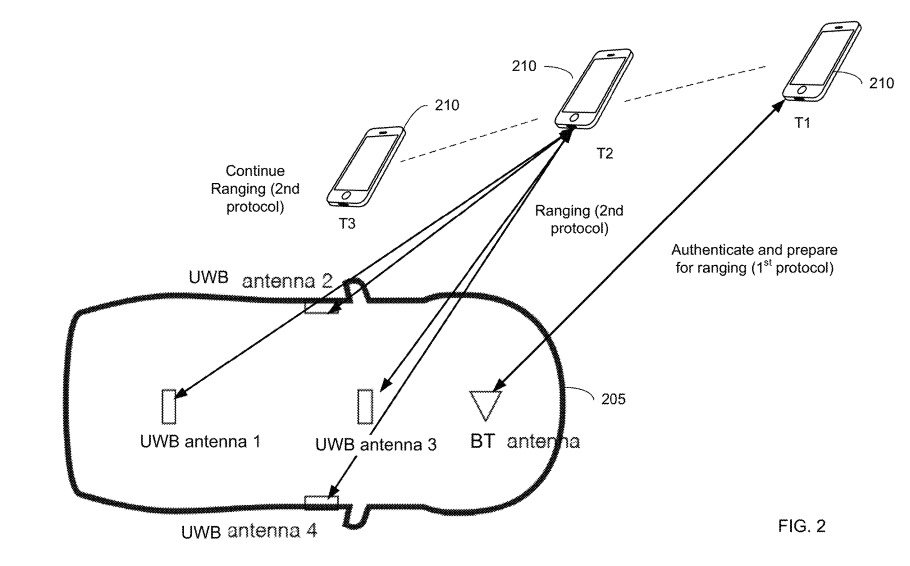


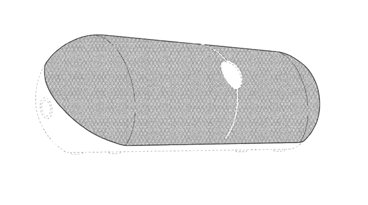









 Mike Wuerthele and Malcolm Owen
Mike Wuerthele and Malcolm Owen

 William Gallagher
William Gallagher

